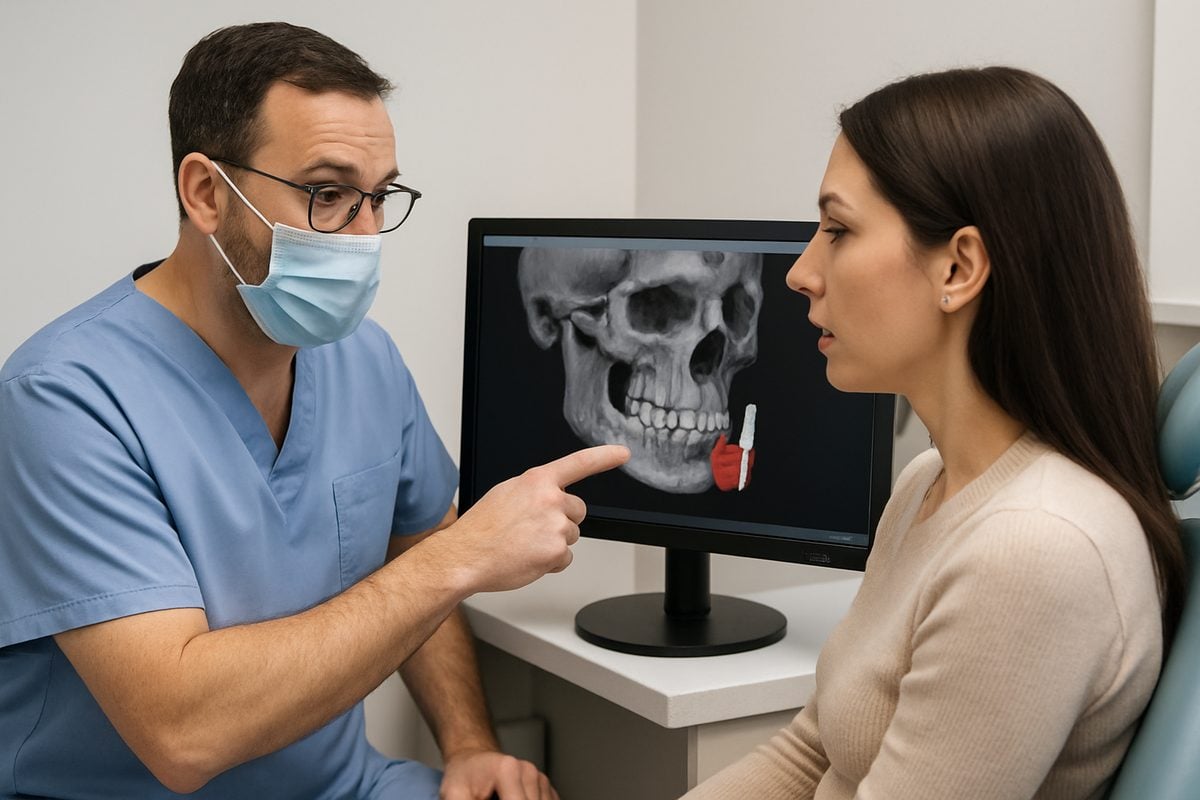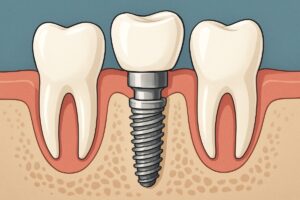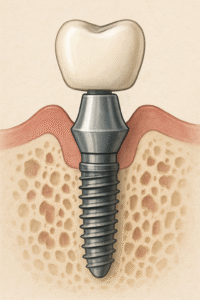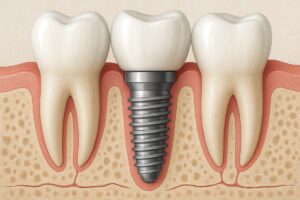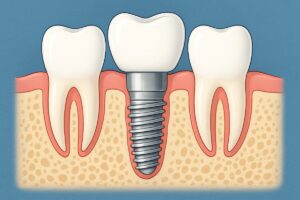Bone grafting for dental implant is a procedure that builds up jawbone where it’s too thin or weak to hold an implant. Many patients ask whether it’s always needed. This post explains when bone grafting is necessary, common techniques, risks and alternatives, and practical next steps so you can talk with your implant team confidently.
What is bone grafting for dental implant in Aurora, IL?
Bone grafting adds bone or bone-like material to the jaw to create enough volume and density for an implant to integrate and stay stable. Common graft materials include autograft (your own bone), allograft (donor human bone), xenograft (animal-derived), and synthetic substitutes (man-made minerals). Each has pros and healing differences.
When is bone grafting usually needed?
After a tooth is lost, the surrounding jawbone can shrink, making implant placement unsafe or unstable. Bone grafting for dental implant in Aurora, IL is often needed when there is significant bone loss, a very thin ridge, or when the implant site is too close to the sinus. Grafting can be done immediately at extraction or later, depending on infection, healing, and planning.
How clinicians determine the need
Diagnostic imaging
CBCT scans and intraoral scans measure bone height, width, and quality. These 3D images let clinicians plan implant size, angle, and whether grafting is required to support long-term success.
Clinical and medical factors
Dentists also review gum disease history, smoking, diabetes, and prior extractions. Active infection or uncontrolled medical issues can delay grafting or change the approach to reduce risk.
Common bone graft procedures explained
Socket preservation
Socket preservation fills an extraction site right after removal to limit bone loss. It’s simpler and often heals in three to four months before implant placement.
Ridge augmentation
Ridge augmentation rebuilds a narrow or sunken ridge so an implant fits correctly. Healing can take several months and sometimes requires staged surgery for best results.
Sinus lift
A sinus lift raises the floor of the sinus in the upper back jaw to add bone beneath it. This is common for upper molars and typically involves a few months of healing before implants are placed.
Risks, benefits, and alternatives
Benefits include better implant stability and higher long-term success. Risks include pain, swelling, infection, or graft failure, and it adds time and cost. Alternatives include hybrid prosthetics; these can avoid grafting but may not suit every anatomy or long-term plan.
How to decide: patient questions and timeline
Ask your team about expected healing time, success rates, graft material, added costs, and how grafting affects the overall timeline. Typical timeline when grafting is needed: consult and imaging → grafting surgery → 3–6 months healing (varied) → implant placement → 3–6 months for integration → final restoration. For many, bone grafting for dental implant in Aurora, IL yields a more predictable long-term result.
About Grand Dental Implant Centers
Grand Dental Implant Centers focuses on implant care with CBCT imaging, intraoral scanning, in-house labs, IV sedation options, and financing to support complex cases. Their teams offer full-arch and single-tooth solutions and blend advanced tech with patient-centered care across Illinois locations.
Next steps: scheduling a consult
Bring your dental history and any past x-rays to your appointment. Expect a exam, CBCT scan if needed, and a clear plan with options. Book a consult to discuss whether bone grafting for dental implant is right for your mouth and lifestyle.

